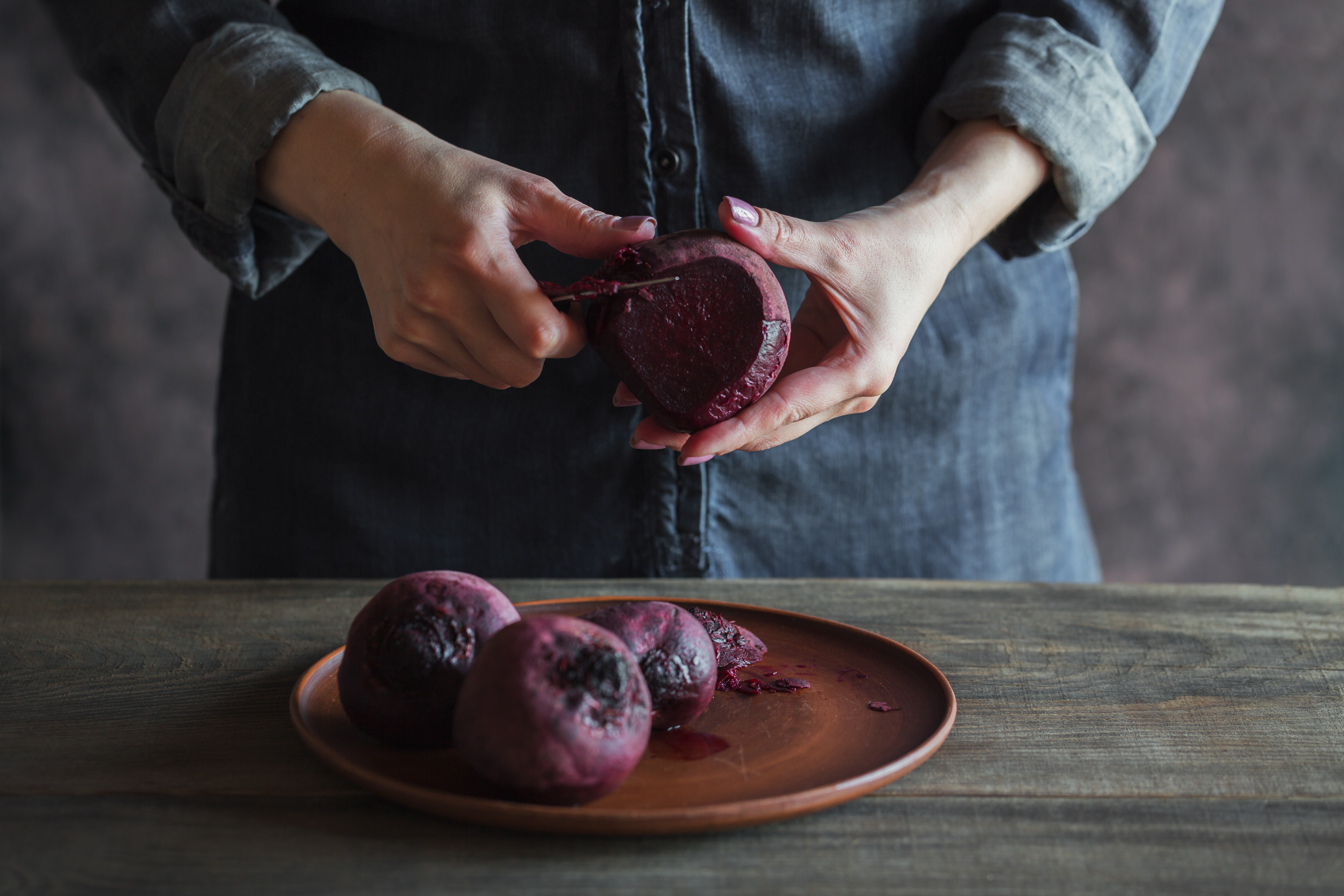Common Cooking Mistakes That Destroy Your Food’s Nutrients
In the modern world, where processed foods and fast meals dominate our diets, the art of cooking with health in mind has never been more critical. Our bodies require a plethora of nutrients to function optimally, and while many of these can be obtained from whole foods, the manner in which we prepare these foods can significantly impact their nutritional value. Cooking, when done improperly, can cause a substantial loss in vitamins, minerals, and other essential nutrients, effectively sabotaging the health-boosting powers of our meals. This comprehensive guide is designed to help you navigate the intricate world of nutrient preservation during cooking, offering 12 well-researched strategies to enhance the nutritional profile of your meals. From understanding the impact of cooking temperatures to choosing the right cooking methods, this article will equip you with the knowledge to make the most of your ingredients, ensuring that your culinary creations not only satisfy your taste buds but also nourish your body.
1. The Science of Heat and Nutrient Loss

Cooking is fundamentally a chemical process, and understanding the science behind it is crucial to preserving nutrients. Heat, while necessary for breaking down food structures and making them more palatable, can also be detrimental to certain vitamins and minerals. Water-soluble vitamins, like Vitamin C and the B-complex vitamins, are particularly susceptible to heat-induced degradation. Studies show that these vitamins can lose up to 50% of their nutritional value when exposed to high temperatures for prolonged periods. Similarly, fat-soluble vitamins such as A, D, E, and K can also degrade, though to a lesser extent. Recognizing the delicate balance between cooking for safety and preserving nutrients is the first step in dodging nutrient catastrophes. By understanding the specific temperature ranges that cause nutrient loss, home cooks can adjust their techniques to maximize the health benefits of their meals.
2. The Role of Cooking Methods in Nutrient Retention

The method by which food is cooked plays a pivotal role in determining its nutritional value. Boiling, for instance, is notorious for leaching vitamins into the cooking water, which is often discarded. Steaming, on the other hand, is a gentler method that preserves most of the nutrients by reducing the contact with water and limiting exposure to high temperatures. Grilling and roasting can enhance the flavor profile of foods but may also lead to the formation of harmful compounds if not done correctly. Sautéing and stir-frying, when done with minimal oil and at moderate temperatures, can be excellent methods for preserving nutrients while adding flavor. Understanding the pros and cons of each cooking method allows for more informed decisions that can significantly impact the healthfulness of your meals.
